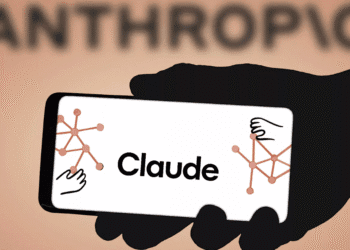DBT Bureau
Pune, 23 Oct 2024
A team of researchers working with cold Rydberg atoms has improved quantum magnetometry, making atomic clocks and magnetometers more accurate and reliable for navigation, telecommunications, and aviation. Rydberg atoms are excited atoms with electrons at high energy levels, and scientists use a method called Electromagnetically Induced Transparency (EIT) to study them.
This new technique helps achieve better timekeeping and magnetic measurements, which are important for many applications.
Researchers at the Raman Research Institute (RRI) have leveraged the Doppler effect to their advantage and achieved a ten times enhanced response to the magnetic field while performing quantum magnetometry (phenomenon exploiting the quantum nature of light and atoms for precision measurement of magnetic fields) on thermal rubidium atoms using Rydberg Electromagnetically Induced Transparency (EIT) in a room temperature-based environment.
Electromagnetically Induced Transparency (EIT) is a fascinating phenomenon that makes an opaque medium transparent, can slow down light pulses to crawling speeds and even trap light inside atomic media. EIT has led to a myriad of important applications in precise atomic clocks, atomic magnetometers and quantum computation. EIT generally occurs in a three-level atomic system involving two atomic transitions addressed by a weak probe laser beam and a strong coupling laser beam.
Scientifically, interference occurs when a wave can travel between two points via multiple paths, either resulting in their enhancement or cancellation. On similar lines, an atom can transition between multiple quantized energy levels by different routes that can interfere. This determines the amount of light an atom absorbs.
Similar to the interference of light, where constructive interference gives bright fringes and destructive interference gives dark fringes, the probabilities of atomic transitions between these energy levels can also interfere destructively, known as quantum interference. It can result in atoms in a dark state not absorbing the probe light and thereby render the atomic medium transparent. This phenomenon is called Electromagnetically Induced Transparency (EIT).
Deploying Rydberg EIT, the researchers detected atoms in their highly excited (Rydberg) states. Rydberg Electromagnetically Induced Transparency has a Rydberg state as one of the energy levels involved in the EIT process. Rydberg EIT signals were used to measure the response of the Rydberg atoms to the external magnetic field.
“When the Rydberg EIT was observed in an unconventional configuration of the probe and the coupling beam, where the Doppler shift was not compensated, an enhanced response to the magnetic field was observed. It is the Doppler shift that causes a larger response of the Rydberg EIT signal to an externally applied magnetic field,” said Sanjukta Roy, Head of Quantum Optics with Rydberg Atoms Lab (QuORAL) at RRI, an autonomous institute of the Department of Science and Technology (DST).
Generally, Doppler shift is perceived as the change in frequency of a wave by a moving observer. When a laser beam flashes on atoms, their thermal motion leads to a Doppler shift – an atom moving towards the laser beam sees a higher frequency, whereas one moving away sees a lower frequency. This effect is generally assumed to be detrimental to sensing.
Cryogenically-cooled superconducting devices are useful for sensing ultra-weak magnetic fields.
Such Doppler-enhanced quantum Magnetometry offers a wide variety of applications ranging from geophysics to the detection of brain activity and mineralization to space explorations and archaeology.





















